On June 18, the Cheech Marin Center for Chicano Art & Culture, both a museum and academic center, opened in the city of Riverside to a sell-out crowd. If you are hoping to get a glimpse, tickets can be found at www.riversideartmuseum.org.
The first of its kind Chicano center is located at 3581 Mission Inn Ave., on the corner of Orange St. Summer hours are Monday through Sunday, 10 a.m. to 5 p.m. On Thursdays, the museum stays open until 8 p.m., an option for a date night.
Cheech Marin is best known as the Latino guy in the Cheech and Chong duo most popular in the 1970s and 80s. Their comedy on stage and film ranks among the greatest in America, Latino-inspired or not. Marin is best known as an acclaimed actor, comedian and musician, but now the world will learn about his art collection, art advocacy and Chicano fanaticism.

Marin was born in East LA and his Chicano museum is solely dedicated to showcasing Chicano art and culture. The 61,420-square-foot center will house hundreds of paintings, drawings, photographs, and sculptures. More than 40 iconic artists are featured, such as Frank Romero, Judithe Hernandez, Carlos Almaraz and Patssi Valdez. The Cheech museum will also showcase a variety of Cheech Marin’s personal collections of Chicanx art that he has collected for over 40 years of his journey.
Esther Fernández was named the Artistic Director last August. Fernandez was born in Chicago and raised in the city of Inglewood, California. She earned a B.A. in Chicanx Studies and Ethnic Studies at the University of California, Berkeley.

“Chicanx art means a lot of different things to a lot of different people,” she said. “Chicanx art is often presented many times as something that comes out of the Chicano Movement. The Chicanx community has evolved and The Cheech Center should be an open place to have this dialogue.”
Fernández sat down with CALÓ NEWS to share her insider’s insights about the museum and the future.
Responses have been edited for brevity and clarity.
HOW WAS THE IDEA OF THE MUSEUM BORN AND HOW LONG DID IT TAKE TO OPEN?
The idea came from the Riverside Art Museum, which had hosted an exhibition of Cheech’s works called Papel Chicano Dos. At the opening, it was just a huge turnout for the opening reception. I believe there were three officials there and they were just talking and they were blown away by the response. They began this conversation of WOW and that kinda set the ball rolling.
It took about five years. There was also infrastructure in place, the Riverside Art Museum has worked with the community and has built those bridges where they have a city supporting art and culture here. It’s not by accident that it happened to be here in the City of Riverside. There were things in place that allowed this to happen the way that it has.
WHY IS IT IMPORTANT TO EXPAND CHICANO ART?
We have a vibrant community here in California that is the Latinx or Chicanx community. There has been a big exhibition gap and education gap, meaning that there is art that has been studied and has been accepted to a certain extent. I truly believe we need a more comprehensive evaluation of this work and its impact and influence on the broader American art history. This center is dedicated to doing that, creating a space where we can have dialog and complicate this idea of what Chicanx means in this global reality that we live in. This center also bridges the gap between art that came from the movement and having it be in dialogue with the artist today, which is also in youthful movements and activist movements today. The Chicano movement started to penetrate the mainstream and think about art production in terms of self-expression, not just in a political expression in getting the word out during the movement, but also as a way of developing their styles and their own kind of visual language around what they were seeing and experiencing.
HOW MUCH DID THE MUSEUM COST AND HOW WAS IT FUNDED?
The Riverside Art Museum raised $14.5 million for The Cheech. It was funded by state grants and private donations. $13.3 million was spent to renovate the old library into the Cheech Center.
AS A MUSEUM EDUCATOR AND DIRECTOR, HOW WILL YOU HELP THE CHICANO COMMUNITY DEVELOP AND FUNDRAISE MORE INTERNSHIPS AND INCLUSIVE FELLOWSHIPS?
I worked in mainstream museums for 17 years and I think the Riverside Art Museum has worked in the community and has been in existence for over 60 years. One of the things I believe is that this center, along with Riverside Art Museum, is to interrogate how we need to open up museums more, to be more equitable in terms of their practices and in terms of the stories they tell.
This center is focused on historically marginalized people within the mainstream art world. We can be a place where we can educate future museum educators and future curators and merge curators and artists, so that they can rethink these museum models. As of now, there is a call for museums and educational institutions to be more equitable. Equity doesn’t just mean representation,it means having a place at the table and leveraging the resources that these institutions have.
HOW DO YOUR LEADERSHIP SKILLS PLAY A ROLE IN YOUR JOB?
I came in as a young professional in the museum field. I began my career in the Bay area and I also worked briefly for an ethnic-specific art organization that was my first organization where I began to see how the art community organizations use historically Chicanx art organizations to engage the community in very different ways. As a woman of color, a Chicana, somebody who was entering this field, I began to think about how we educate and how we engage the communities so that we can learn from the communities to better serve them.
As I developed in my career, I realized that curation is really storytelling and often tells other people’s stories because I am not necessarily the artist in the show. Us curators are caretakers of those stories. Hopefully, the role that I can play here along with my colleagues is to think of ways to engage the community more equitably and do things differently. There’s some freedom in having an institution that just opened up and it’s kind of new and you’re just navigating it with what you want to do.
HOW CAN THIS MUSEUM SERVE MARGINALIZED COMMUNITIES?
There are several ways. The most obvious one is showing the work of these artists who are not historically shown in mainstream museums. In our tutorial program, we are hoping to bridge what we’re calling this “exhibition gap,” which means that there are a lot of artists in the Chicanx and Latinx communities who have not had their major retrospectives or who create scholarships around their works. Their work helps create a pipeline in terms of discussion of art in historical discourse and around what has worked before and how it is a conversation with work that is being created now by emerging artists. Our history departments and schools have it tough in this kind of Chicano and Chicana artistry.
WHAT IS YOUR MISSION FOR THE MUSEUM AND THE COLLECTION?
For the collection it means to research the collection. We received a grant from a foundation to examine the collection, which means looking at the artists and the work that we have an understanding of and also identifying the gaps that we have. We want to make sure we’re building a thoughtful acquisition so that we can collect more work and have a better view of what Chicano art is.

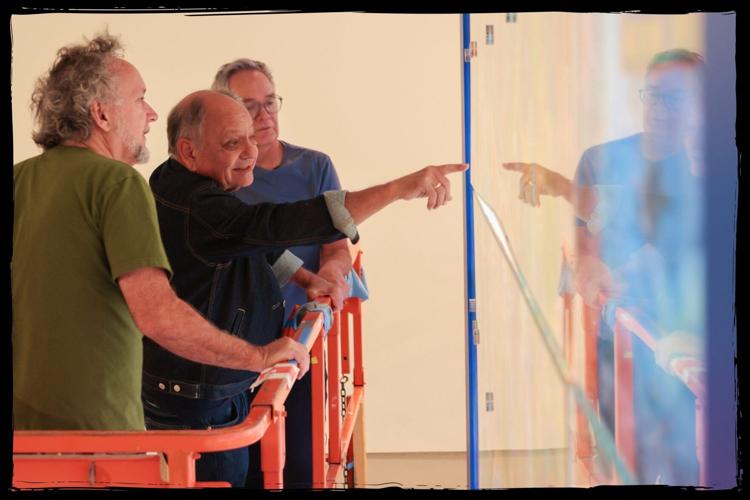
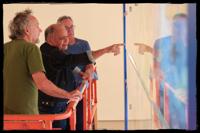

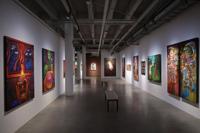

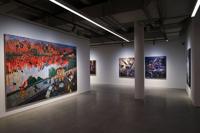
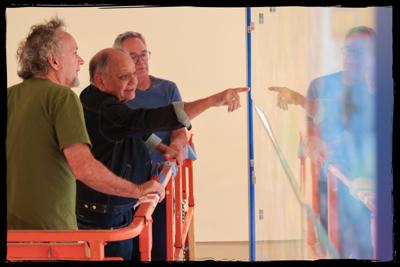



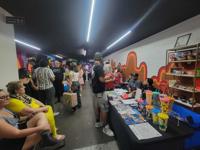

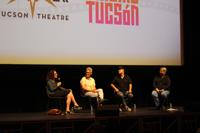

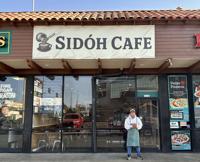
(0) comments
Welcome to the discussion.
Log In
Keep it Clean. Please avoid obscene, vulgar, lewd, racist or sexually-oriented language.
PLEASE TURN OFF YOUR CAPS LOCK.
Don't Threaten. Threats of harming another person will not be tolerated.
Be Truthful. Don't knowingly lie about anyone or anything.
Be Nice. No racism, sexism or any sort of -ism that is degrading to another person.
Be Proactive. Use the 'Report' link on each comment to let us know of abusive posts.
Share with Us. We'd love to hear eyewitness accounts, the history behind an article.